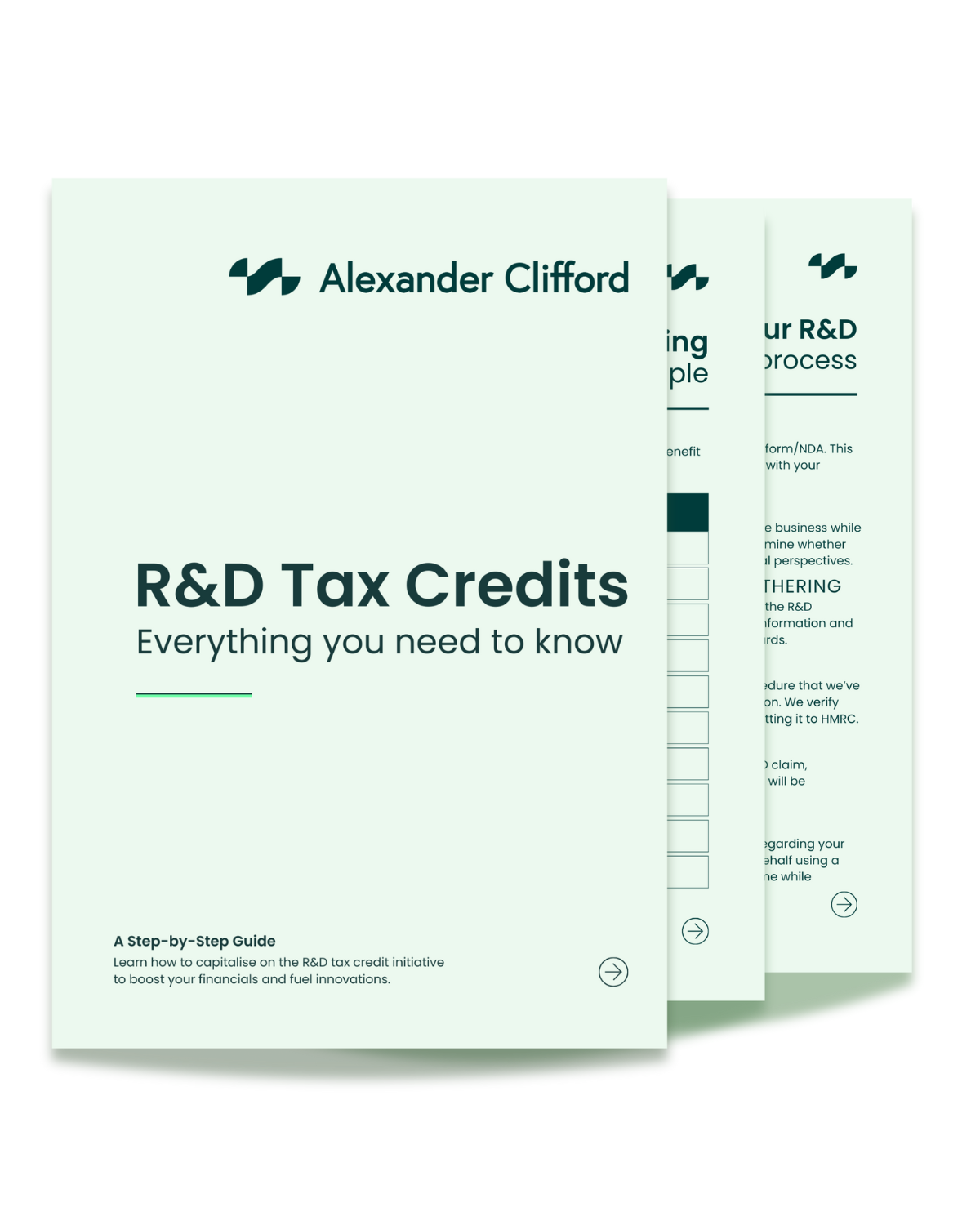R&D Tax Relief for UK Telecoms Companies

Research and Development (R&D) Tax Relief gives UK telecoms companies a powerful way to cut their Corporation Tax bill or access cash for innovation. Whether you’re developing 5G infrastructure, improving telecoms software, or expanding fibre networks, your work could qualify under HMRC’s 2025 R&D scheme.
In this guide, we’ll cover who qualifies, what counts as eligible R&D in the telecoms sector, and how to make a successful claim. With HMRC tightening the rules this year, it’s more important than ever to get things right.
R&D Tax Relief for UK Telecommunications Companies
R&D Tax Relief is a government incentive designed to encourage businesses to invest in innovation. In simple terms, if your company is working on projects that involve resolving scientific or technological uncertainty, you could claim relief on certain costs linked to that activity.
For telecoms businesses, this often means work related to infrastructure upgrades, wireless communication, software development, or new systems that improve performance or connectivity.
Why It Matters to the Telecom Sector
Telecoms is a fast-moving industry where innovation isn’t a bonus, it’s a necessity. Whether it’s rolling out faster broadband, enhancing data security, or building more resilient mobile networks, technical challenges are part of daily life.
That makes telecoms one of the most active sectors when it comes to qualifying R&D activity. Yet, many businesses still miss out, either because they’re unsure what counts or don’t realise the value of the relief.
Scheme Updates from HMRC
This year has seen some key changes to R&D tax relief. From April 2024, the SME and RDEC schemes have merged for most claimants, bringing a new single scheme with a 20% headline credit rate (subject to tax). Software and cloud computing costs have also been clarified, making telecom-related claims more accessible if your work involves scalable digital infrastructure.
What Projects Qualify for Telecom R&D Tax Relief?
Here are some examples of what may qualify under HMRC’s criteria:
- Designing and deploying 5G or 6G networks with new technical features
- Building secure fibre optic broadband systems for rural or hard-to-reach areas
- Developing telecoms software for traffic routing, latency reduction, or network efficiency
- Integrating AI into communications platforms to enhance real-time decision-making
- Overcoming signal degradation issues in densely populated urban areas
The key is that the work must involve genuine uncertainty that a skilled professional couldn’t easily solve. Routine updates or off the shelf installations usually don’t qualify.
Ineligible Work Explained with Examples
Not everything technical will qualify. The following are usually excluded:
- Straightforward installation of existing technology
- Commercial or aesthetic improvements without technical challenge
- Pure market research or customer feedback analysis
- Upgrading systems using plug-and-play software
For example, buying and configuring a known cloud platform like AWS to run telecom services wouldn’t usually count. But if you’re custom-building a platform with new protocols or trying to make it work in a novel way, then that could meet the eligibility bar.
How to Claim R&D Tax Relief in the Telecoms Sector
Claiming R&D tax relief in telecoms involves following key steps, checking if your projects qualify, calculating the right costs, completing the necessary forms, and steering clear of common mistakes.
1) Confirm Eligibility
Start by reviewing your projects from the past two accounting periods. Ask yourself:
- Did we face technical challenges with no clear solution?
- Were our engineers or developers doing more than just implementation?
- Did we try different approaches to overcome these issues?
If the answer’s yes, there’s a good chance you have a valid claim.
2) Identify and Categorise R&D Costs
Once you’ve identified the qualifying work, break down your costs. These might include:
- Staff salaries for developers, engineers, and project leads
- Subcontractor costs (including third-party specialists)
- Software licence fees and cloud computing costs
- Materials and utilities directly used in R&D
Keep clear records of who worked on what and for how long. Time-tracking tools or signed-off timesheets help support your claim.
3) Complete and Submit CT600 & Additional Form
All claims must include an Additional Information Form submitted through HMRC’s portal. This requires:
- A clear summary of your projects
- Details on the uncertainties faced and how you attempted to resolve them
- Breakdown of qualifying expenditure
Once that’s done, include the R&D figures in your Corporation Tax return (CT600).
4) Avoid Common Mistakes
Many telecom businesses get tripped up by:
- Including routine or commercial work
- Failing to explain the scientific or technical uncertainty
- Missing the 2 year deadline from the end of the accounting period
- Not submitting the Additional Information Form on time
Avoid these errors by writing your technical narrative in plain English but showing the depth of your innovation. It’s not just about what you did, it’s about the challenges you faced doing it.
How Much Can You Claim in 2025?
Since April 2024, most claimants fall under the merged scheme, with a credit rate of 20%. However, loss-making SMEs with high R&D spend (over 30% of total costs) can access a higher payable credit of 27%.
If your business previously used RDEC, the merged scheme is more generous for many projects, especially when dealing with subcontracted R&D.
R&D Tax Relief offers a real opportunity for UK telecoms businesses investing in innovation. Whether you’re developing 5G infrastructure, improving broadband delivery, or building smart communication tools, this relief can significantly reduce your tax burden.
With HMRC’s updated rules in 2025, it’s vital to have the right paperwork, a solid understanding of eligibility, and a clear approach to costs and documentation.
How Alexander Clifford Supports Your Telecoms R&D Claim
With deep knowledge of R&D tax relief and the latest HMRC rules, our specialist consultants have helped secure over 2,400 successful claims across sectors, including telecommunications. We take care to understand the detail behind your projects, so you can claim with confidence and maximise your benefit. That’s why telecoms firms across the UK trust Alexander Clifford for their R&D tax relief.
Begin your R&D tax credit claim by completing the form below, or click here to schedule a call with a member of our team.
Book a quick call







